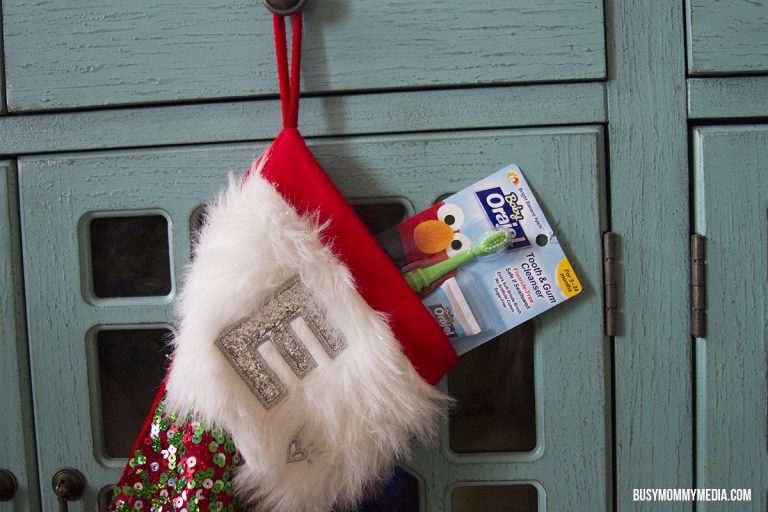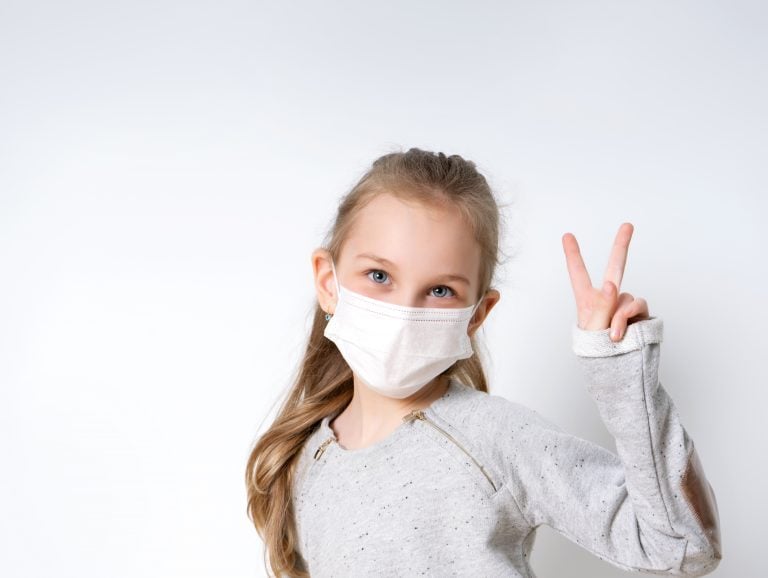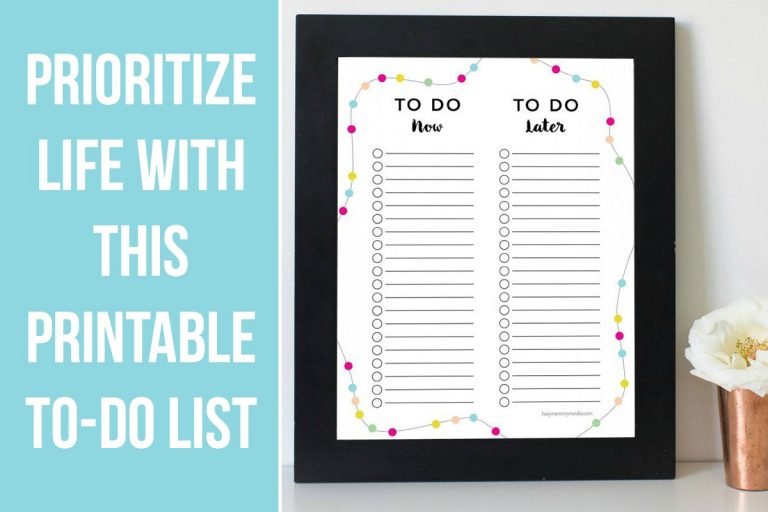Should you Replace Carseats After a Car Accident?
 Why would anyone risk the life of their child? This is the question that comes to my mind every time I see a parent choosing not to place their child in a car seat. Car seats are designed to keep your child safer. Saving a few minutes by not buckling them into a car seat or saving a few dollars by not even buying one at all means that you are placing your child’s life at risk.
Why would anyone risk the life of their child? This is the question that comes to my mind every time I see a parent choosing not to place their child in a car seat. Car seats are designed to keep your child safer. Saving a few minutes by not buckling them into a car seat or saving a few dollars by not even buying one at all means that you are placing your child’s life at risk.
According to the National Center for Health Statistics, motor vehicle crashes are the number one cause of deaths for children ages 3 to 14 years of age. The NHTSA further states “Research on the effectiveness of child safety seats has found them to reduce fatal injury by 71 percent for infants (younger than 1 year old) and by 54 percent for toddlers (1 to 4 years old) in passenger cars.” Children are simply safer in car seats.
I found this out first hand as I was recently in a rollover car accident. My three children were safely secured in their car seats and boosters in the rear seat of the vehicle. We all escaped with only minor bumps and bruises. I do not want to imagine how different the outcome may have been had we not been properly secured.
Even though I have always been a strong proponent of car seat safety, I have never had a reason to research what to do after an accident. That all changed with this accident and I have been amazed at the lack of information that is readily available. Given that I have contacts at many different car seat manufacturers, I thought it might be of interest to others to share what I have found here.
Should you Replace Carseats After a Car Accident?
The NHTSA recommends that child safety seats be replaced following a moderate or severe crash in order to ensure a continued high level of crash protection for child passengers.
NHTSA recommends that child safety seats do not automatically need to be replaced following a minor crash. Minor crashes are those that meet ALL of the following criteria:
· The vehicle was able to be driven away from the crash site;
· The vehicle door nearest the safety seat was undamaged;
· There were no injuries to any of the vehicle occupants;
· The air bags (if present) did not deploy; AND
· There is no visible damage to the safety seat
My crash met some of these criteria but not all of them. It is important to stress that unless ALL criteria are met, the NHTSA classifies the crash as a moderate to severe crash requiring the replacement of the seats. My insurance company classified my crash as being fairly major and replaced the carseats for me. Given that each accident is different, use the NHTSA’s criteria as guidelines instead of a definite rule.
Most car seat manufacturers agree that whether or not carseats need to be replaced depends on the severity of the crash, but some such as Graco recommend replacing the seats in any crash. Here are examples of somewhat differing perspectives from three major car seat manufacturers.
Graco: “You must replace your child’s car seat if it was involved in an accident, no matter what.”
Britax : “Britax recommends that the use of a child seat be discontinued if it has been in a severe crash.”
Evenflo: Any type of accident with a child seat in the vehicle (occupied or unoccupied) should be reported. Please discontinue use immediately and contact Evenflo ParentLink Consumer Resource Center at (800) 233-5921. There may be, in some cases, internal stresses that cannot be seen.
What Should be Replaced in the Vehicle?
General guidelines after any accident is that the body shop is supposed to check all seat belts for stress placed on the webbing. Most auto manufacturers suggest that the seat belts be replaced in all occupied seating positions. This guideline would include the positions were car seats were anchored with a seat belt.
Honda goes ones step farther. In their Odyssey owner’s manual they recommend all seat belts in the vehicle be replaced even if they are not occupied. The manual explains that the seat belt pretensioner system can be activated in a crash even if the belt was not in use. If that happens, the seatbelt must be replaced before it will function properly again.
If the car seats were anchored using the LATCH system, you should notify the body shop and your insurance company of which seating positions were occupied as they may not routinely check for stress on the LATCH anchor points.
Did the Car Seat Behave Properly?
Sarah Tilton, a child safety advocate for Britax Child Safety, stresses that the main purpose of car seats and seat belts are to secure the passengers within the vehicle and more specifically within their seats. This prevents the passengers from getting hurt by being ejected and allows the vehicle to react with all the safety features that are built into it (airbags, crumple zones, roll cages, etc). Given that my car seats had head protection/ side impact protection they also worked to prevent my kids from banging into each other in the case of my rollover.
Sarah further states that in order for car seats to work properly, they must be installed correctly. It is very important to have car seats inspected by a professional as the NHTSA estimates that as many as 75% of car seats are not installed properly.
Car Seat Standards
It is interesting to note here that while cars and their safety systems are routinely tested by the NHTSA for their capability to keep occupants safe, there are no federal organizations that crash tests car seats. Federal Standards 213 and 225 give guidelines to car seat manufacturers as to the minimum requirements to protect children but it is then up to the car manufacturers and the car seat manufacturers to self proclaim their compliance. The government does reserve the right to periodically “spot check” compliance at their discretion but my understanding is that this process is rather infrequent. Sunshine Kids is the only company that I can locate that regularly posts their internal crash test results showing how they exceed those minimum standards.
What About Insurance?
Most people think about their auto insurance as a means of covering the damage to the car but few immediately think of it covering your car seats. If your accident meets the NHTSA’s guidelines, your car seat manufacturer recommends replacement, or even if you feel you are concerned with your child’s safety going forward, it may be a good idea to replace the seats.
Some insurance companies are very proactive about covering crashed seats if they were involved in a crash while others may not want to acknowledge that they need to be replaced. Even within companies, you will get differing approaches. When I reported my accident, my claims representative ignored my initial inquiry about covering the car seats. After some pressing, she instructed me to submit receipts. Then when I couldn’t locate all of my receipts, a manager said they would simply verify the price of the make and model of the seats and send me a check.
Insurance companies may instruct you to simply purchase a replacement seat and submit the receipt for reimbursement, or prorate the original purchase price of your crashed seat(s) to determine how much to reimburse you, or instruct you to purchase the exact same model as your crashed seat(s). Be sure to clarify what the insurance company will specifically cover before purchasing a new seat.
If the insurance company refuses to cover replacing the car seat, you could present the insurance company with documentation from the NHTSA and the car seat manufacturer as to why your car seat needs to be replaced. If that still does not work, some have reportedly been successful asking for a document from the insurance company stating that it would accept full liability if the car seat failed in a subsequent crash.
I also found out that in California and Illinois, insurance companies are obligated by law to replace occupied car seats. Even if you are not located in these states, this might be good leverage if your insurance company does not want to replace your seats.
Addtionally, you may be able to get replacements through the car seat manufacturer. Sunshine Kids has a Crash Restraint Exchange Program if your crash fulfills certain criteria.
Sarah Tilton is a child passenger safety advocate with Britax Child Safety Inc., a leading car seat and stroller manufacturer. An active Certified Passenger Safety (CPS) technician and instructor, Tilton frequently participates in child passenger safety activities at a local, state and national level. She is currently active with the Safe Kids Charlotte Mecklenburg coalition and is a member of the North Carolina Child Passenger Safety Training Committee.




Very informative! Sorry you actually had to put those car seats to the test, but at least you’re all okay!
Excellent information. I’m glad you tweeted it. We had a rollover years ago with our oldest (now 23) in the car. Thankfully we were all fine too, and it happened too fast to be scared, but once it was over and settled in, you can bet we were thankful for our car seat too.
I’m really glad you and your family are safe and happy this holiday season. Thank you for sharing!
Thanks for the well wishes! We were really glad everyone was okay too. The car was totaled but at least no one was hurt.
I was recently in an accident which was 100% the fault of the other driver. Kemper Insurance REFUSED to replace my two Britax carseats, which met the NHTSA criteria for replacement. After numerous phone calls from me and my insurance agent, letters, receipts, and providing the information from NHTSA, they still refused, stating that car seats depreciate and they would only offer what amounted to less than the cost of ONE SEAT. Although these carseats kept my children from experiencing injury due to their client’s recklessness, and the fact that they fixed everything on the car without complaint, they refused to replace the two damaged carseats I can no longer use because of their client. DISGUSTING company policies, Kemper. You will NEVER get my business.
That’s horrible. We didn’t have any problem getting State Farm to cover the cost of our car seats. I’ve heard that you can go to the insurance company and get them to sign a form saying that they are liable if your child is in an accident and isn’t protected in that seat in the future. Now I definitely wouldn’t continue to use the seats but just having them sign the form may cause them to rethink their policy because that puts them at serious risk legally.
Yes, *my* insurance company is also State Farm, who would have replaced the seats at full replacement value, no questions asked! My State Farm agent even called Kemper, but they would not budge. My agent couldn’t get over their position that they didn’t need to replace them. And they also refused to sign anything.
I threw out the old seats, used an extra I had for sitters and borrowed another one (both Radian 80’s), and just ordered two new Britax Frontier 85’s (the red like in your photo!) that will arrive this week. Great sale at amazon.com! So glad you and your kids were OK in your accident — you just can’t be too careful especially when it comes to your children. And thanks for the information on your blog — it’s something most people hopefully never need to think about, but good information to have when you do.